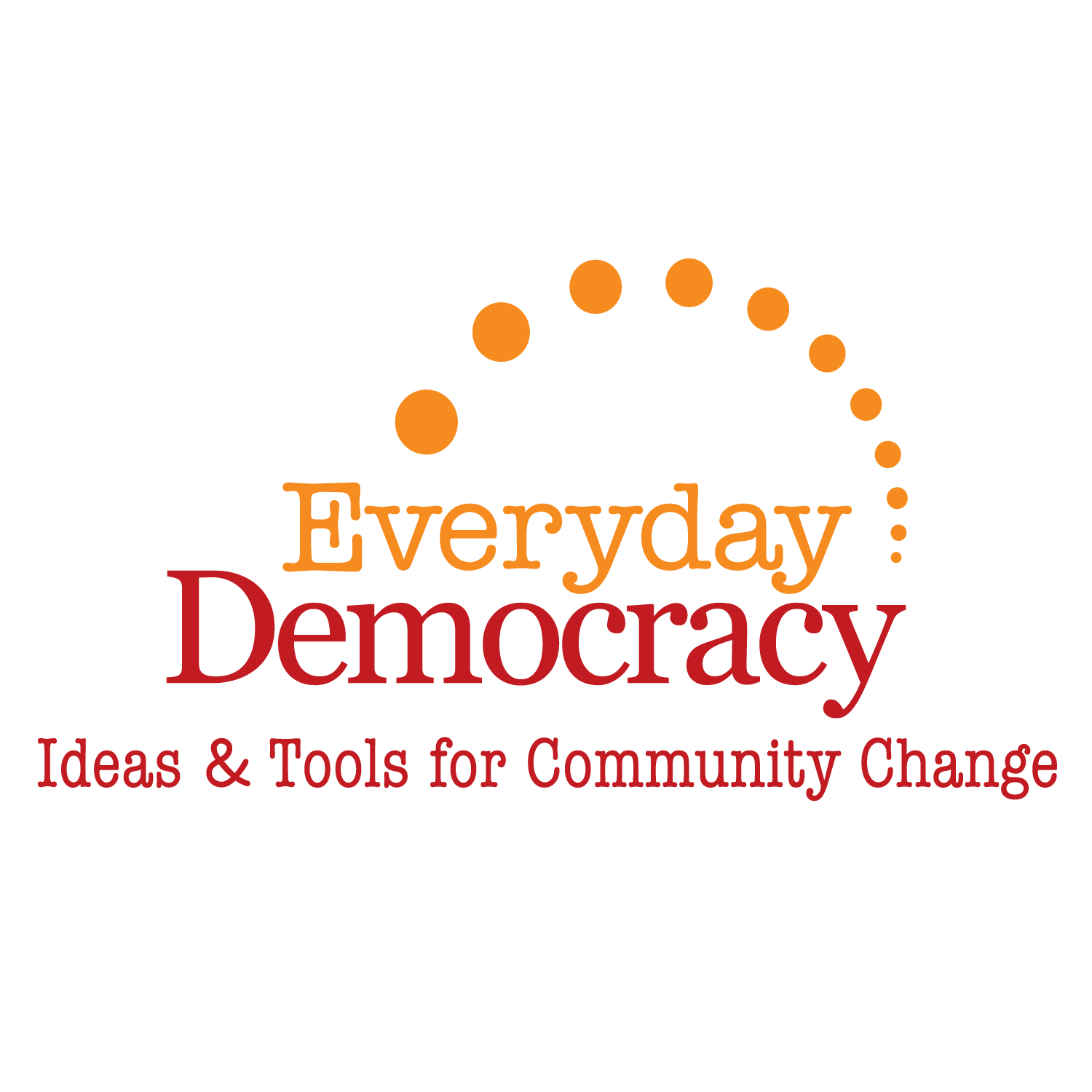Everyday Democracy: Teaching Us to Get Along
June 17th, 2022
“Why can’t we all just get along?” is a phrase that I first heard while working with the Study Circle Resource Center in the 1990s. This organization, founded by the Paul J Aicher Foundation in 1989 has been working on dialogue for many years.
In the early years, they focused on developing a public dialogue process, drawing from the way people talk in their public lives. When I started my job with the City of Springfield, Ohio, in 1994 our Human Relations Board had recently launched a Study Circle project. As part of my job as the Fair Housing and Mediation Coordinator, I learned their dialogue process and then helped facilitate Study Circles.
We facilitated Study Circles to dialogue about race within the local church community. Predominantly African-American churches were paired with churches with mostly white members. Study Circles included people from the pairs of churches to meet for at least six sessions.
There are four steps to the Study Circle dialogue.
- Sharing Experiences. The first part involves giving each member of a Study Circle a chance to talk about how they personally have been impacted by the topic for discussion.
I can remember that it was quite enlightening and disturbing to listen to how African-Americans, who grew up in our town, experienced discrimination in school, in work and hiring practices. I know that many white Americans, like myself, who grew up in segregated communities, didn’t really know what happens to people of color in our society.
2. Looking at Causes of the Problem. With study materials and research, the group begins to analyze the problem and look for the causes.
In the next step, we used the Study Circle Resource Center materials to discuss what causes racism. This helped us stand back from the problem and look at it together. It’s helpful to figure out the roots of a systematic problem. Not that identifying the problem makes it go away, but at least you can get a sense of the history and how the problem developed.
3. Consider Solutions for the Problem. During this phase, the group considers ways to solve the problem.
After discussing causes, the group began to look for solutions. Again, Study Circle Resource Center materials help with suggestions of strategies that have helped in other communities.
4. Action. Finally, the group considers group action to address the problem.
In this stage, the group may look at solutions discussed and see if there is something they could implement locally. One group in our project began a “Circle of Friends”, a group of ladies that began to do good things for other people in the community. A later development was an annual CultureFest that our department coordinated.
Over the course of the years I worked at the City, we used the Study Circle process quite a few times to encourage dialogue. Several times we worked with the school district. Our City school superintendent at the time invited us to train her student Leadership Team in the Study Circle process. We then assisted the student leaders to implement Study Circles in the schools. The first time we discussed racism. Then we used booklets developed by the Study Circle Resource Center to encourage the students to choose their own topics for dialogue. Still later, we utilized the process to discuss school violence.
When the World Trade Center in New York City was attacked on September 11, 2001, we led a community Study Circle process on October 11, 2001 to give people to dialogue about the range of feelings and concerns they experienced. After single sessions in the morning and evening, we formed two groups that engaged in the four step process over the coming weeks. One of these groups decided to form the Global Education and Peace Network to develop a speaker series and annual calendar that would give us opportunities to understand different cultures and religions. I was blessed to facilitate this organization as part of my job for 19 years. This provided a forum for educational programming and discussion.
It takes time to understand each other in community. But I’ve seen the dialogue process work to begin to break down barriers. We used this process with middle and high schools students this summer at Peer Mediation training with the Springfield Peace Center. The young people did a great job with this process, too.
Today, the Study Circle Resource Center continues under a new name: Everyday Democracy. They continue to train and foster dialogue using a “Dialogue to Change Process with a racial equity lens.” A few years ago, I attended their leadership training in Connecticut. We were encouraged to come home and engage our local communities in dialogue and working for positive change.
At the City of Springfield, when the pandemic caused us to cancel our annual CultureFest celebration, we instead developed a CultureRead project to encourage people to read books on race issues and to dialogue on the books. We held a community discussion at the end of the project to look to avenues to continue to build a more just community.
With our political divisions and racial issues in the United States, I think that dialogue is an important tool to help build bridges across cultures. If you are interested in learning more about this process, let’s talk!
I wrote my book, Revelation in the Roots: Emerald Isle (All Things That Matter Press, 2022), as part of my action concerning our political and racial divisions. The book even includes a retreat where the characters begin to dialogue about their political and racial differences at a Peace Center in Northern Ireland.
My hope is that we can all learn just to get along and build a better society together.
